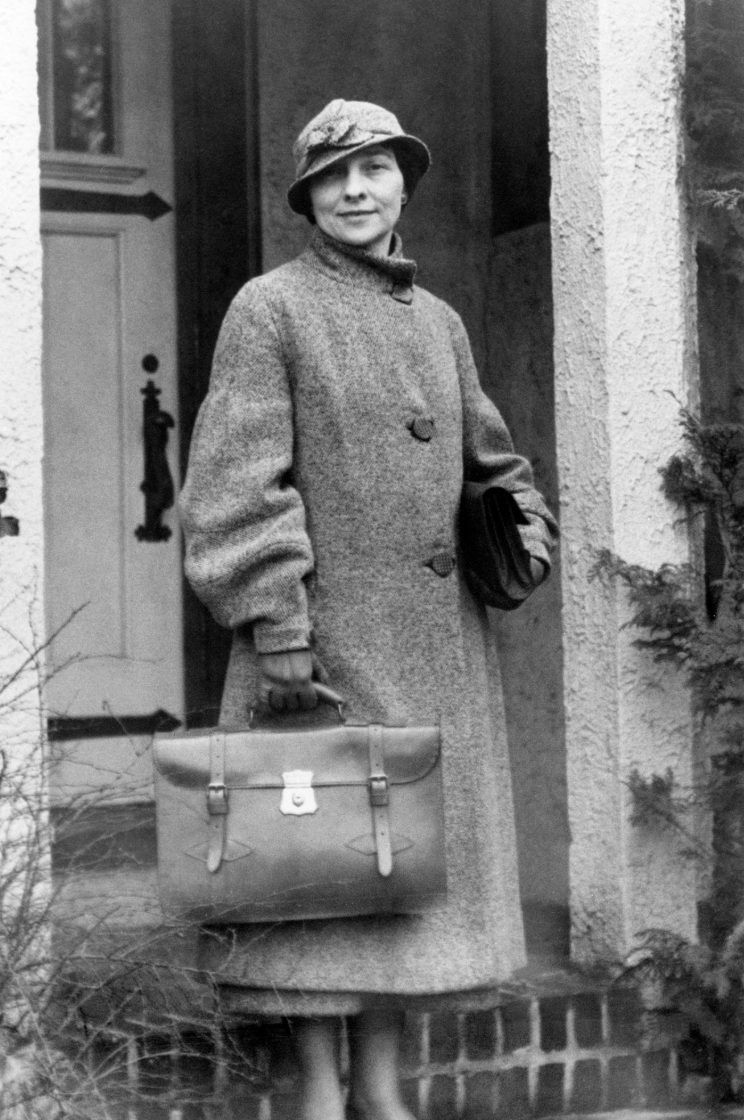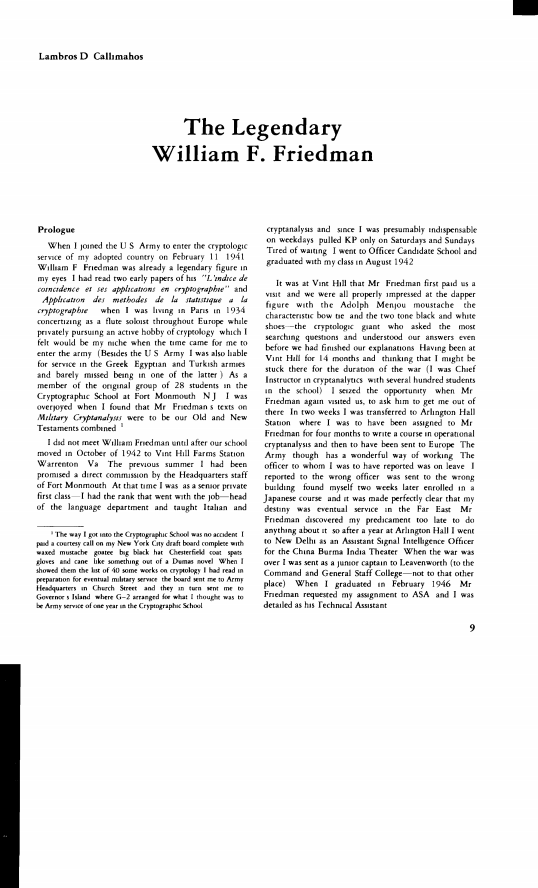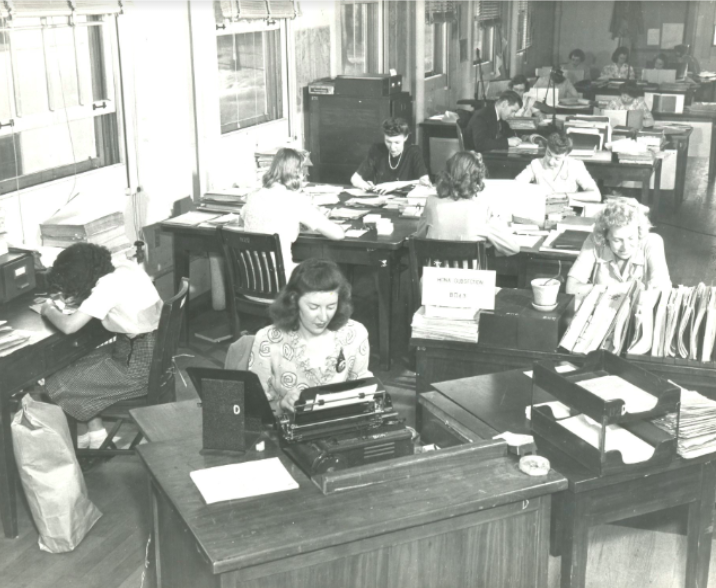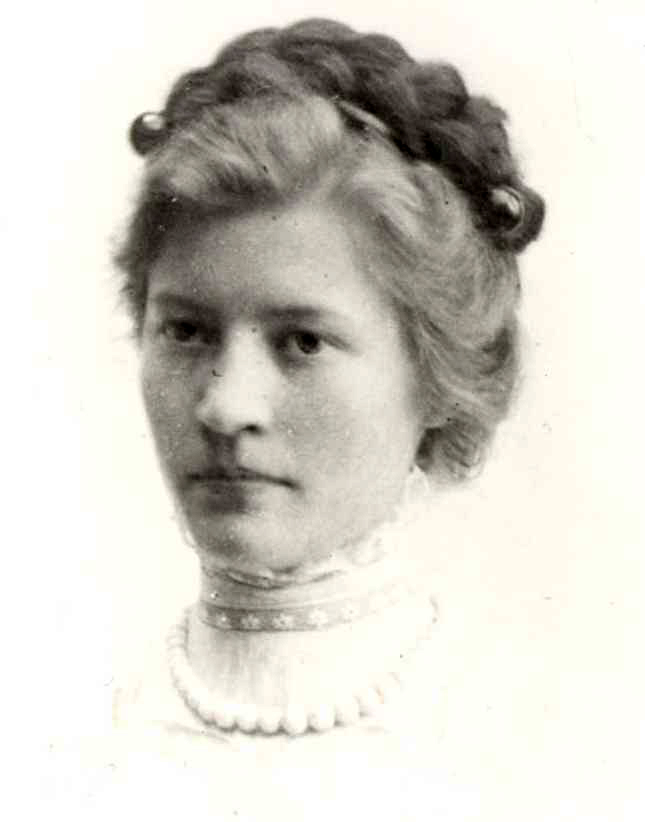Elizebeth and William Freidman were a codebreaking duo, yet while her husband was considered a “legend,” Elizebeth’s work was forgotten.
During World War II, Elizebeth discovered a network of Nazi spies colluding to support fascist revolutions in South America and ultimately target the United States. Elizebeth’s commitment to secrecy allowed for J. Edgar Hoover and the FBI to unfairly take credit for this accomplishment, ensuring that the boundaries she had broken stayed hidden for decades.
Interview with Professor Holmes regarding the nature of Ms. Friedman's work. [2]





